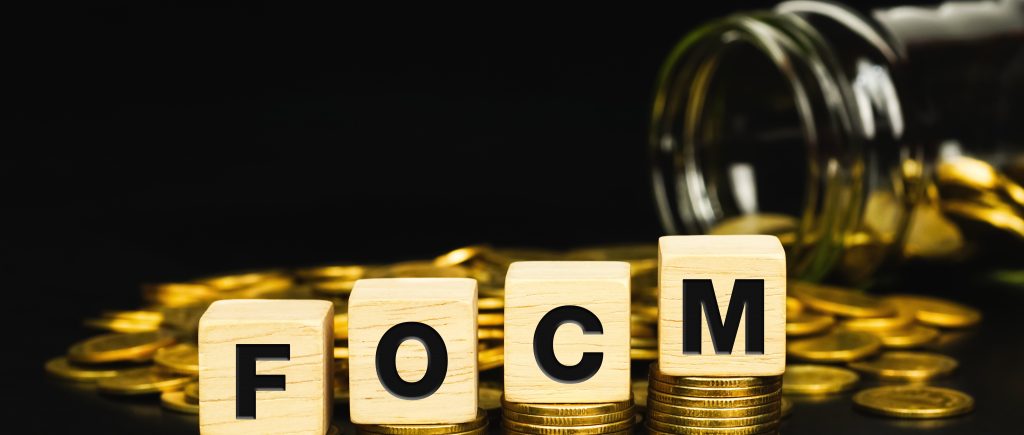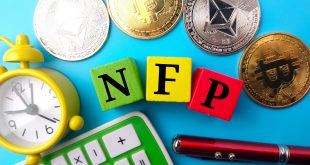The U.S. dollar traded slightly lower on Tuesday as investors positioned themselves ahead of the much-anticipated Federal Reserve policy announcement. With the two-day Federal Open Market Committee (FOMC) meeting underway, markets are overwhelmingly expecting a 25-basis-point rate cut — and are watching closely for signs that the central bank could soon end its balance sheet reduction program, known as Quantitative Tightening (QT).
The dollar’s weakness comes amid renewed optimism over U.S.–China trade relations and the continuing drag of a prolonged U.S. government shutdown. While these factors have clouded short-term growth prospects, they have also reinforced expectations that the Fed will keep easing policy in an effort to support the economy. Futures markets now indicate a nearly 100% probability of a rate cut this week, followed by another in December, with a total reduction of around 115 basis points expected by the end of 2026.
Despite this dovish sentiment, the dollar retains some support from modest gains in Treasury yields and stronger-than-expected U.S. data. The October Richmond Fed manufacturing index showed an encouraging rebound, while the Conference Board’s consumer confidence reading, though slightly lower, still outperformed expectations. In housing, the FHFA price index rose 0.4% in August, signaling resilience in the property market even as borrowing costs remain high.
Still, investors’ main concern lies in how the Fed will navigate its dual challenge of stabilizing growth while keeping inflation under control. With no Summary of Economic Projections or “dot plot” released this month, all attention will turn to Fed Chair Jerome Powell’s press conference. Traders are eager to hear whether he will signal an end to QT — a policy that has been quietly tightening financial conditions by allowing maturing assets to roll off the Fed’s balance sheet.
Ending QT would likely inject fresh liquidity into the financial system, a move that could buoy equities, commodities, and higher-yielding currencies while weighing slightly on the dollar. Such a shift would be seen as a clear pivot toward a more accommodative stance after years of monetary restraint.
Meanwhile, the political and economic backdrop remains complex. The ongoing government shutdown has delayed critical economic data releases, leaving policymakers with limited visibility into current conditions. At the same time, political pressure on the Fed has intensified, with renewed calls for deeper rate cuts to shield the economy from external shocks and slowing business investment. Powell, however, is expected to maintain a cautious tone, emphasizing the central bank’s independence and long-term focus on achieving a “soft landing.”
Global developments have also shaped sentiment. The tentative U.S.–China trade agreement announced over the weekend has eased safe-haven demand for the dollar and gold. The deal, expected to be finalized later this week, reportedly includes commitments from China to increase agricultural imports and maintain rare earth exports, while the U.S. has paused plans for new tariffs. The diplomatic thaw has lifted global risk appetite, pushing stock indices higher and reducing demand for traditional hedges like gold and the yen.
Still, uncertainty lingers. The dollar’s near-term path may depend heavily on the tone Powell strikes on Wednesday. A signal that the Fed is nearing the end of its tightening cycle — or even preparing to pause QT — could drive risk assets higher, weaken the dollar, and spark a rally in equities and emerging-market currencies. Conversely, if Powell expresses concern about inflation persistence or hints that further easing could be limited, markets may see a quick reversal, with the dollar regaining strength.
Elsewhere in currency markets, the euro edged higher, supported by expectations that the European Central Bank will hold its policy steady while the Fed continues cutting. The yen also strengthened, buoyed by reassurances from Japan’s government that it is monitoring currency weakness and may act to stabilize the exchange rate.
Commodities traded with mixed sentiment. Gold prices slipped to a three-week low as reduced geopolitical tensions and profit-taking outweighed safe-haven demand. Silver, however, managed slight gains, supported by longer-term expectations of continued monetary easing and ongoing central bank purchases. Both metals retain underlying support from uncertainty surrounding U.S. fiscal policy, the government shutdown, and global trade realignments.
In the broader market, U.S. equities extended recent gains, buoyed by optimism over the trade deal and the expectation of a more accommodative Fed. The S&P 500 and Nasdaq hovered near record highs as investors looked for Powell’s remarks to confirm a sustained easing cycle.
Ultimately, this week’s FOMC decision is about more than just a quarter-point rate cut — it represents a key inflection point in the Fed’s strategy. If the central bank signals that it is ready to end QT and focus squarely on supporting growth, it could mark the beginning of a new monetary phase aimed at reinforcing confidence and liquidity. But if caution prevails, the message may be that the road to recovery remains fragile and uncertain — leaving markets to balance optimism with restraint as they await Powell’s words.

 Noor Trends News, Technical Analysis, Educational Tools and Recommendations
Noor Trends News, Technical Analysis, Educational Tools and Recommendations




